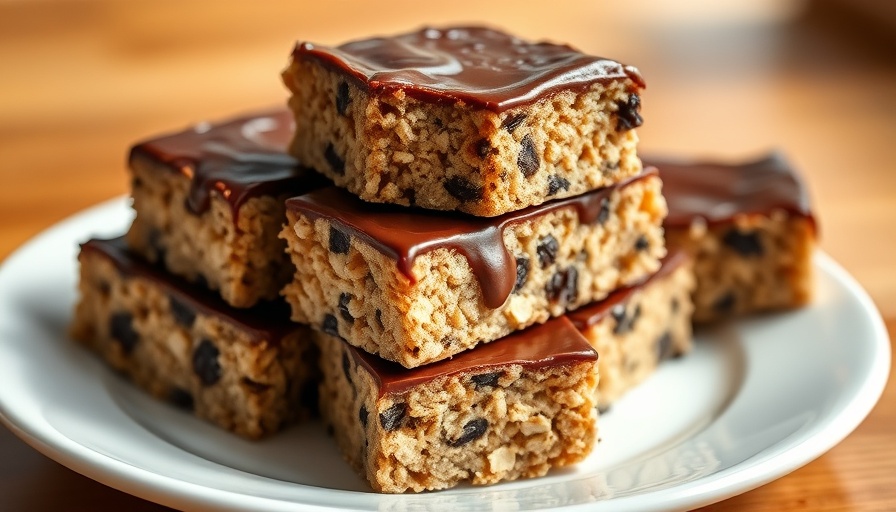
The Journey of Turkey: From Ancient Traditions to Modern Feasts
As the holiday season approaches, the turkey takes center stage in kitchens across North America. But where did this tradition of feasting on turkey originate, and how has it evolved to become a cherished staple at both Thanksgiving and Christmas dinners? It’s a journey that intertwines culinary history, cultural evolution, and a bit of mythology.
From Aztecs to European Tables: The Origin of the Turkey
The modern turkey, now associated so closely with holiday feasts, traces its origins back to the domesticated birds of the Aztecs 2,000 years ago in southern Mexico. This rich history is often overlooked, as many view turkey solely through the lens of American traditions. When Spanish conquistadors were gifted turkeys by the Aztec emperor in 1519, they brought them back to Europe, where the turkey underwent domestication. Notably, it became popular in England during the mid-19th century, largely due to its mention in Charles Dickens' classic tale, *A Christmas Carol*, which depicted the turkey as a metaphor for generosity and celebration.
A Symbol of Thanksgiving: Turkey’s Rise in American Culture
While turkey was plentiful during the time of the first Thanksgiving in 1621, records suggest it wasn't the main dish. Instead, settlers dined on venison and seafood, with wild fowl probably including ducks or geese. Not until the 19th century did turkey become synonymous with Thanksgiving, thanks largely to Sarah Josepha Hale, the woman known as the “Mother of Thanksgiving.” Hale's advocacy for a national Thanksgiving holiday cemented turkey's status as the centerpiece of the feast, a vision that ultimately took hold with Abraham Lincoln’s proclamation of Thanksgiving as a federal holiday in 1863.
The Modern Turkey: Farming and Consumption Trends
Today’s turkeys, raised for mass consumption, significantly differ from their ancestors. Through selective breeding, modern turkeys are larger and leaner, with the Broad-Breasted White breed leading in popularity. Farmers across Canada produce millions of kilograms of turkey each year, with the demand peaking during the holiday seasons. In fact, the 2024 figures showed 42% of whole turkeys sold in Canada were consumed during Christmas, underlining the emotional and cultural significance of turkey in holiday meals.
Exploring Diverse Traditions: Turkey Beyond Thanksgiving
The turkey's role is not limited to Thanksgiving or Christmas; various cultures have embraced it in different forms. In the Yucatán Peninsula, for instance, turkey is incorporated into traditional dishes reflecting local culinary practices. This diversity showcases how the turkey has transcended its initial cultural boundaries to become a bird celebrated globally. Each region offers unique interpretations and recipes, from roasted to spiced concoctions, intertwining the festivity of turkey with local heritage.
Understanding Cultural Connections Through Turkey
Turkey connects families and cultures, representing more than just a meal; it signifies togetherness, warmth, and shared traditions. As Canadians consume approximately 3.3 kilograms of turkey per capita, it’s evident that this bird holds a special place within the nation's hearts. Each turkey meal sparks memories of family gatherings during cozy holiday seasons, reinforcing its role as a unifying food.
Conclusion
The turkey’s ascent from ancient Aztec rituals to a holiday centerpiece is a rich tapestry of cultural influences and evolving traditions. As we gather around our tables this season, let’s celebrate not just the meal, but the stories and history behind this beloved bird. Understanding where our traditions come from can enhance our appreciation for them. As you prepare for your own festive gatherings, consider reflecting on the legacy of turkey and what it represents in your life and culture.
 Add Row
Add Row  Add
Add 




Write A Comment